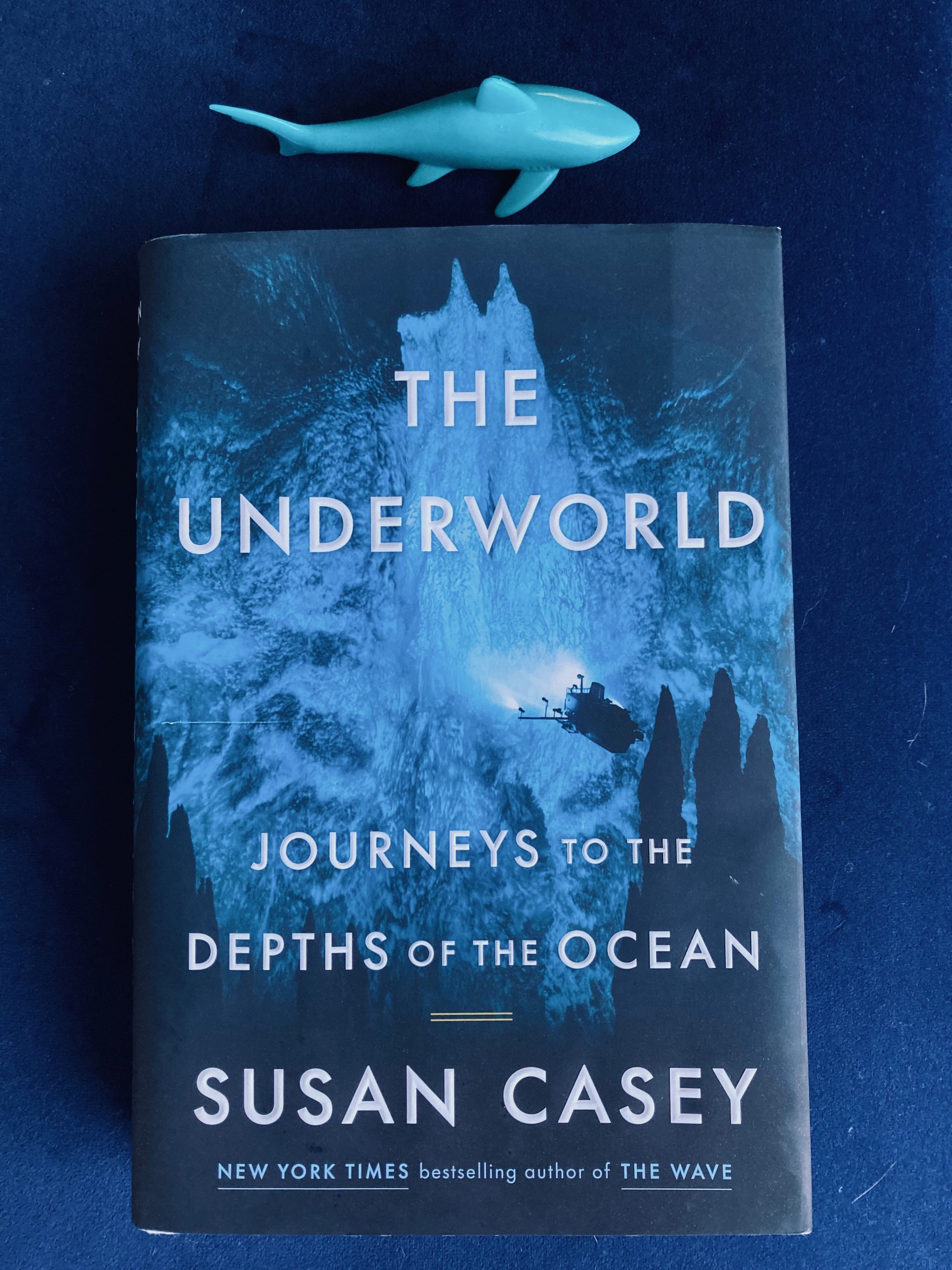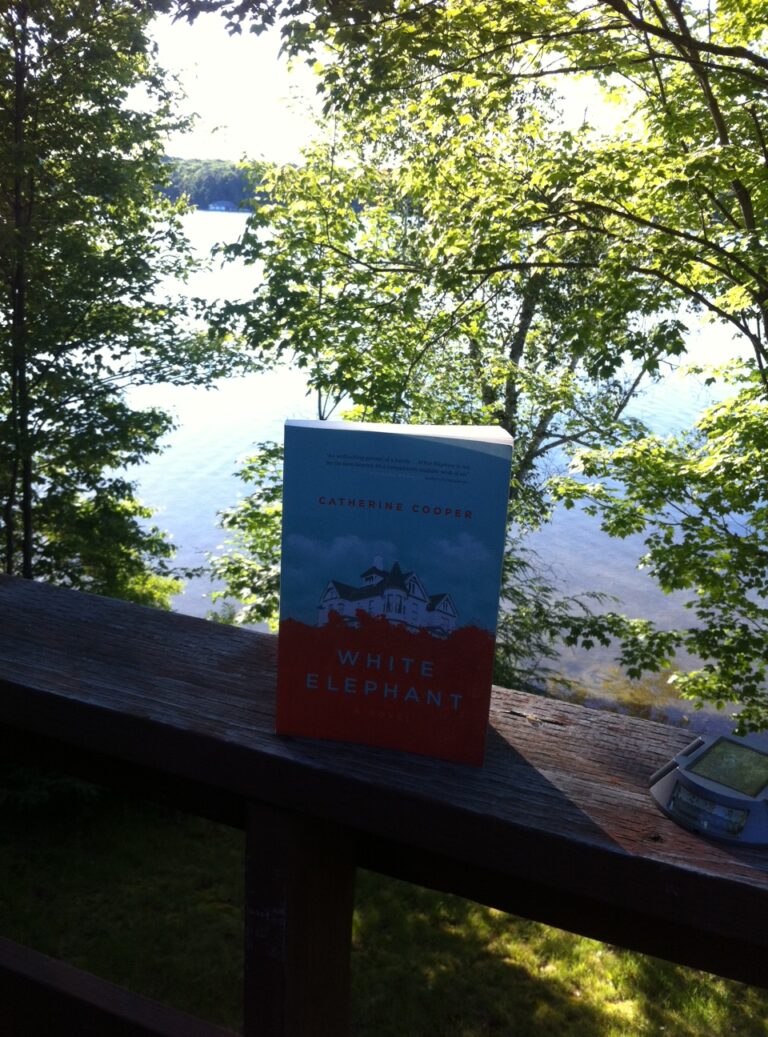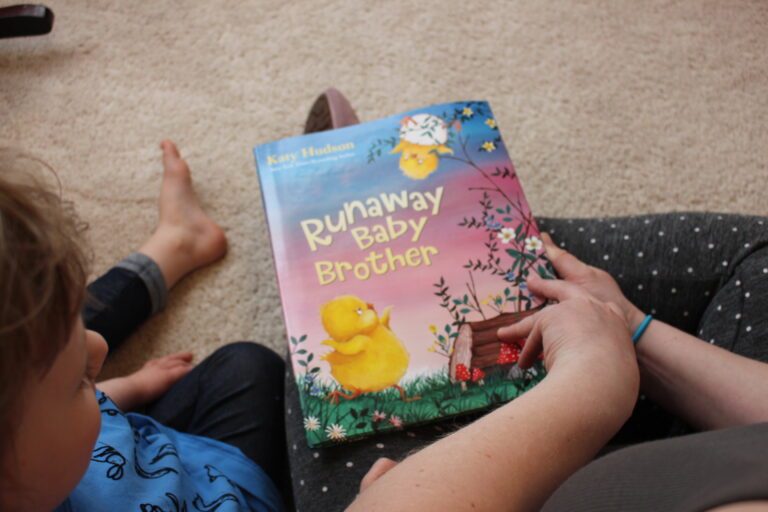Book Review: The Underworld, Journeys to the Depths of the Ocean by Susan Casey

I know I’m not alone when I say the ocean is endlessly fascinating. With so many undiscovered species living right on our planet, it’s a wonder why we are pumping so much money into space exploration, when the ocean is right here, home to millions of secrets. Susan Casey, the author of The Underworld, Journeys to the Depths of the Ocean is a water-loving journalist who explores this topic, and many more as she takes us tens of thousands of feet below sea level in her latest book. Written in easy-to-understand language, and filled with personal stories as well as awe-inspiring facts, this book reads like a super long magazine article, and held my attention for the almost 300 pages it spans.
Book Summary
I had the good luck of seeing Susan Casey in person at our local literary festival, which piqued my interest and prompted me to buy this book. She spoke about her longtime love of the sea, and the few pictures she showed during her presentation made me eager to dive in (pun intended) and check out the full colour photos she includes in this book too. She also alluded to the fact that she was given the great privilege of doing two deep sea dives in manned submersibles while researching this book which she does into great detail on, including the people who accompanied her on the trip, and those who made it happen (spoiler alert; it’s wealthy male millionaires who purchase these privately designed subs to keep on their yachts and fund the explorations that is now pushing scientific discovery along). There is a significant chapter on deep sea mining too; what it is, who controls whether it happens or not, its recently failed attempts, and the current push to make it happen as a way to sustain the ever-increasing growth of our population. Sadly, there is much greenwashing when it comes to deep sea mining, as the metals that are down there are also used in electric car batteries, and wily mining marketers are using this to their advantage. There is also a fascinating chapter on deep sea shipwrecks, including the Titantic, and the recently discovered San Jose, a Spanish Galleon literally filled with treasure. This book contains a wide assortment information and fun facts, but also a call to action in protecting a major carbon capture on our planet.
My Thoughts
I folded down a bunch of page corners as reminders to myself to return to those paragraphs after I finished reading. There are numerous mentions of interesting fish, documentaries, or natural phenomena that I wanted to look up afterwards to see pictures of, and the clip below is the perfect example of one of those topics – the beautiful ‘lost city’ in the Atlantic Ocean, along with the danger it currently faces of being mined.
In fact, as I write this review, I’ve started watching a David Attenborough film on YouTube about the deep sea, and I’m still searching out new documentaries to satiate this new interest of mine! I’ve got no desire to head that deep in a sub (very few people in the world will ever get this chance) even though Casey’s experience of it was life changing; everyone who visits the deep ocean seems in agreement that its addicting, and you are never the same afterwards. Casey describes freefalling for over 2 hours before they reach the bottom of the seafloor, and if falling into a black abyss for that long isn’t a terrifying prospect, I don’t know what is. When she was in Calgary I asked her what happens if you have to go to the bathroom (most of these dives take hours and hours) and she simply replied – you don’t.
There are so many shockingly interesting facts that Casey drops in this book, I wanted to include a few:
- “Another jellyfish species is biologically immortal: it can reverse its life cycle and rebirth itself.”(p. 212)
- The twilight zone band of the ocean is where quadrillions of fish live – in contrast, the Milky Way is thought to only contain a hundred billion stars (p. 203)
- it’s estimated there are approximately 3 million shipwrecks still lying on the seafloor (p.164)
- There is a species called a glass sponge that can live for more than ten thousand years and transmit light with more efficiency and durability than a fiber-optic cable (p.32)
- “For every dollar the National Oceanic and Atmospheric Administration spends on ocean exploration and research, NASA gets a hundred and fifty.” (p. 11)
I hope I’ve interested a few of you enough to check out this book – it will leave you in awe of what incredible natural miracles we are lucky enough to have right here on our planet.






Sounds fascinating! I read a book about the environmental damage that we are doing to our oceans a few years ago and it left me with an abiding interest in the subject. Currently Scotland, being a tiny country surrounded on 3 sides by angry seas, is going all out to harness wave power as a form of green energy, and I can’t help wondering what that’s going to do to the species that live around our shores. It seems everything we do to solve one problem we’ve created for the world simply creates a different one!
I know, it feels a bit defeating doesn’t it. Wind turbines kill birds at an alarming rate, etc.
I’m claustrophobic so the deep sea diving sounds awful to me! But the book sounds very interesting!
Her descriptions of how the dives changed her life are quite fascinating, but I don’t get claustrophobic so you may want to take a pass on this one haha
I read and reviewed this one! Because I had the audiobook, I did not know there are so many photos. I found all the info about the potential for deep ocean mining terrifying, and then the next week I watched the horror movie The Meg 2, which touched in many concerns this author had. Weirdly accurate for a jumbo shark horror flick. I also enjoyed learning about how seriously James Cameron takes all the deep ocean diving, and how knowledgeable he is. Of course, this book came out right after that one submersible group was turned into human salsa, so it was a truly harrowing read for me when I reviewed it.
Oh very cool that you read this one too! Yes she spoke about that submersible, I think she wrote a piece for Vanity Fair about it something. Pretty awful stuff
The creatures we find in tide pools and on the beach here are so weird and alien sometimes that I can hardly imagine what the depths of the ocean contain!
It’s hard to believe, but it gets even weirder down below!
This is definitely on my TBR. On a surprisingly related note, I watched the new film “Nyad” recently and in a group of children she gets the question about how she goes to the bathroom as a long-distance swimmer (e.g. days in the water and you can’t touch the boat or another person or be disqualified) and she answers it!
Having IBS myself this is always a question I have because having access to a bathroom is always so critical for me, so I’m always curious LOL